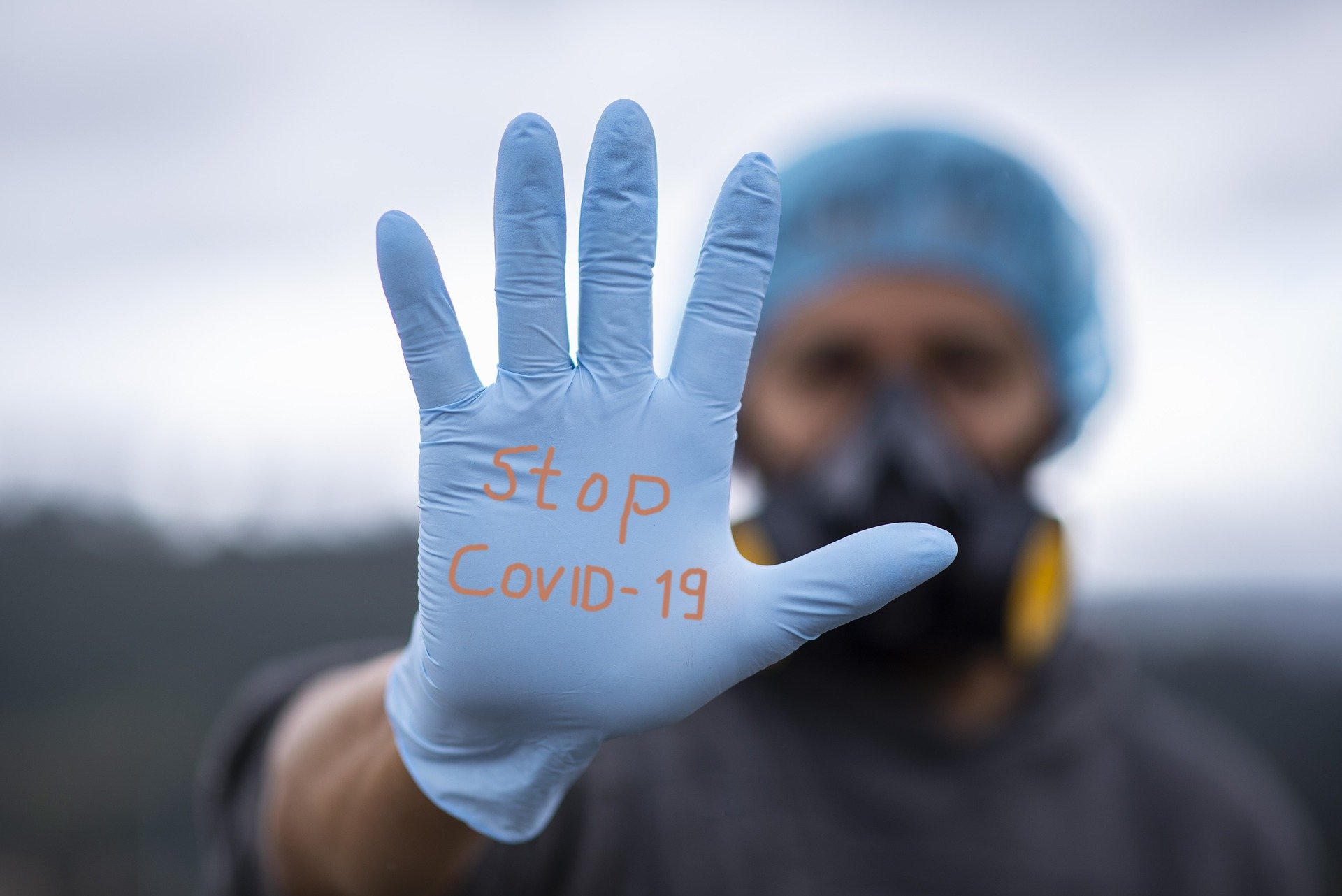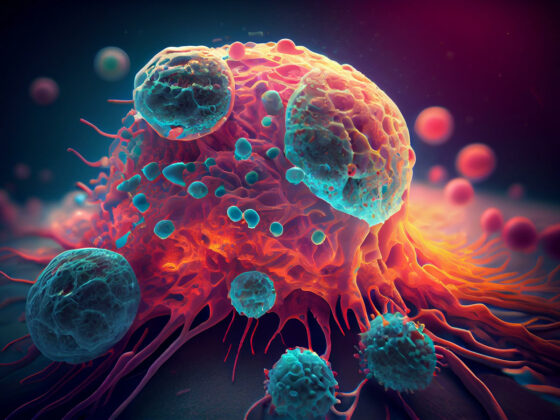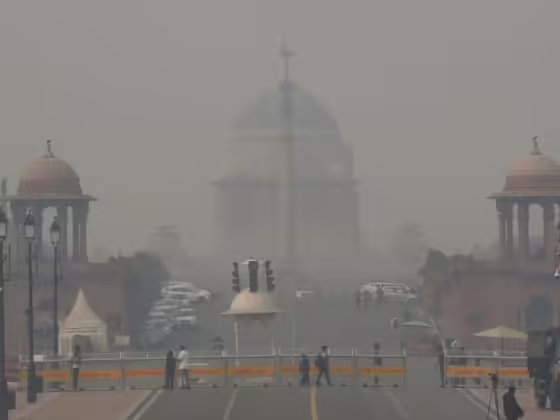Almost a month later, the Greater Sydney lockdown began on June 26. New South Wales is recording around 100 new coronavirus cases a day. The virus is spreading well beyond the initial eastern suburbs’ clusters.
Followed by South Australia the virus is then spreading from NSW to Victoria resulting in a lockdown there too. Delta is the most contagious of all variants so far according to reports.
It is overtaken by original Wuhan strain the more infectious D614G strain by March 2020, and that virus was responsible for the Victorian second wave.
Then in September, Alpha emerged in the United Kingdom, and was even more contagious and it seemed set to control the world by early 2021, but then Delta emerged and swept the world. It has mutations that make it more contagious than Alpha, and more able to evade the immunity conferred by vaccines.
According to one study, it was found that the amount of virus shed from people infected with Delta to be over 1,000 times greater than from the original 2020 strain identified in Wuhan.
However, another study, which hasn’t yet been peer-reviewed, showed that Delta is more than twice as likely to cause hospitalisation, ICU admission, and death.
Hence, the successful test and trace strategy of NSW, which controlled the Crossroads Hotel outbreak a year ago without needing a stringent lockdown, has not worked as well against Delta.
Delta makes the job so much harder In the absence of enough vaccines for everyone, control of the epidemic requires:
1) Identifying all new cases by testing and isolating them to prevent further transmission
2) Tracing all contacts and quarantining them for the incubation period, so they don’t cause further transmission. SARS-CoV-2 is highly infectious in asymptomatic or pre-symptomatic people, so without contact tracing these people would carry on, unaware they are infected, and may infect many others. Retrospective contact tracing is also important to make sure you find from whom each person caught their infection
3) Masks to reduce inhaled virus for well people and also exhaled virus from infected people
4) Social distancing measures to reduce contact between people and thereby reduce transmission. Lockdown is the most extreme of these measures. The struggle with the Sydney outbreak doesn’t mean contact tracing and testing are not working. In fact, until about July 16, measures were working — as reflected in an increasing “doubling time” (the time taken for case numbers to double).
We want to see the time taken for case numbers to double increasing — that means spread is slowing.
However after the outbreak spread to Southwest Sydney, it began growing again, prompting an extended and stricter lockdown.
Contact tracing, quarantine of contacts and case finding by mass testing remain the cornerstones of epidemic control, especially when we remain largely unvaccinated. But Delta makes the job so much harder.
One detailed study showed the average time from exposure to becoming infected was six days in 2020, but four days with Delta.
This makes it harder to identify contacts before they’re infected. NSW Health reports that when they start contact tracing, they are finding almost 100% of household members already infected, compared with about 30% last year.











